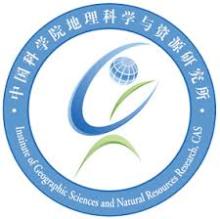Resource information
Qinglong County in Guizhou, China is a typical karst canyon area. Using quadrat methods and a land use transfer matrix we studied the carbon storage spatial distribution pattern and evolution process over three independent periods (1988, 1999 and 2009) in this area. Based on the results we estimated the carbon pool capacity of the entire karst canyon area in Guizhou and contribution ratios. Carbon storage and average carbon density of the karst area in Qinglong decreased at first, and then increased over the sampling period. The actual carbon storage of the karst canyon area in Guizhou was estimated to be 42.55 Tg. The average carbon intensity of the karst canyon area in Guizhou is far higher than that of national terrestrial ecosystems, especially in vegetation areas. Through cross comparison, we found that karst canyon areas have great carbon sequestration potential and we suggest that it is necessary to control and prevent rocky desertification in karst areas in China.



